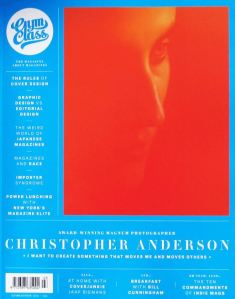
Recognise many of these magazines? One wals at Somerset House
If you haven’t been to ‘Print!: Tearing it Up’ at Somerset House yet, get down to London quick. It closes on Wednesday. Kieran Yates rounds the show off with a talk about her magazine, British Values, which celebrates immigrant communities.
The show ‘charts the evolution of polemic and progressive print publications and celebrates the current diverse industry of innovative independent magazines’. Beginning with Blast!, the Vorticist journal of 1914, to moves through the pacifist Peace News of 1930s, the satire of Private Eye, the Spare Rib of the feminist 1970s, the pop phenomenon of The Face in the 1980s and 90s and the zines from teenage feminist collectives into the new millennium.

The editor of British Values gives a talk on Wednesday
It’s worth it just to study Paul Gorman‘s wall-sized mind map of independent British magazine publishing – you will never have heard of many of the titles and zines, and it’s a great argument of an infographic.
The other walls are covered in displays of magazines that have changed the way we think about the world and fought against the dead hand of censorship and conservative attitudes in Britain.
The main focus is the postwar era to the present day. But the boundaries are pretty fluid, with Blast! being a seminal work and titles such as the Spectator and The Wide World creeping in (though the latter is mis-titled as The World Wide). Gorman’s archives are the foundation of the displays, which have been curated with Claire Catterall.
For anyone who’s worked in the industry, the sight of flat plans and layouts for several titles will; bring back pre-screen working practices.
There’s also a newsstand where you can peruse modern titles.


 To see almost 500 magazine covers and pages, look out for my book,
To see almost 500 magazine covers and pages, look out for my book, 






















































































































